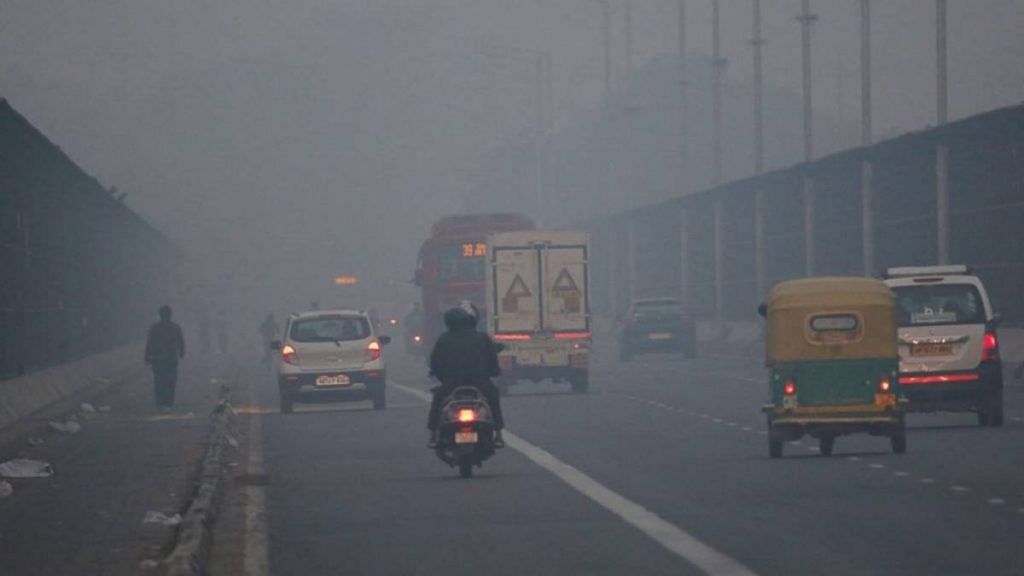New Delhi: New Delhi has topped the list of most polluted capitals in 2021, a dubious first position it has now held for four successive years, according to the World Air Quality Report prepared by Swiss organisation IQAir.
Delhi is followed by the following capitals — Dhaka (Bangladesh), N’Djamena (Chad), Dushanbe (Tajikistan) and Muscat (Oman).
India is fifth in the most-polluted country category preceded by Bangladesh, Chad, Pakistan and Tajikistan.
“India was home to 11 of the 15 most polluted cities in Central and South Asia in 2021. Delhi saw a 14.6% increase in PM2.5 concentrations in 2021 with levels rising to 96.4 µg/m³ from 84 µg/m³ in 2020. No cities in India met the WHO air quality guideline of 5 µg/m³. In 2021, 48% of India’s cities exceeded 50 µg/m³, or more than 10 times the WHO guideline,” the report said.
The report grimly noted that India’s annual average PM2.5 levels reached 58.1 µg/m³ in 2021, “ending a three-year trend of improving air quality”. “India’s annual PM2.5 averages have now returned to pre-quarantine concentrations measured in 2019,” it said.
The report pointed out that major sources of air pollution in India were vehicular emissions, power generation, industrial waste, biomass combustion for cooking, the construction sector, and episodic events like crop burning.
China is doing much better, according to the IQAir report. Air quality in China improved in 2021. More than half of the cities in China saw lower levels of air pollution when compared to the previous year. “Pollution levels within the capital city of Beijing continued a five-year trend of improved air quality, driven by emission control and reduction of coal power plant activity and other high emission industries,” the report said.
The 2021 report found that “only three percent of cities and no single country met the latest World Health Organization’s (WHO) PM2.5 annual air quality guidelines. The report analysed PM2.5 air pollution measurements from air monitoring stations in 6,475 cities in 117 countries, regions and territories”.
Fine particle pollution, known as PM2.5, is accepted as the most harmful and widely-monitored air pollutant. It worsens diseases like asthma, and hastens lung and heart ailments. PM2.5 leads to millions of premature deaths every year, the report said.
CEO of IQAir Frank Hammes said, “It is a shocking fact that no major city or country is providing safe and healthy air to their citizens according to the latest World Health Organization air quality guidelines. This report underscores just how much work remains to be done to ensure that everyone has safe, clean and healthy air to breathe. The time for action is now.”
IQAir’s 2021 World Air Quality Report is based on the updated annual WHO air quality guideline for PM2.5, the company said, adding the new guideline released in September 2021 cut the existing annual PM2.5 guideline value from 10 µg/m3 to 5 µg/m3.
Also read: Why November has brought back Delhi pollution with a vengeance after ‘cleaner’ October
